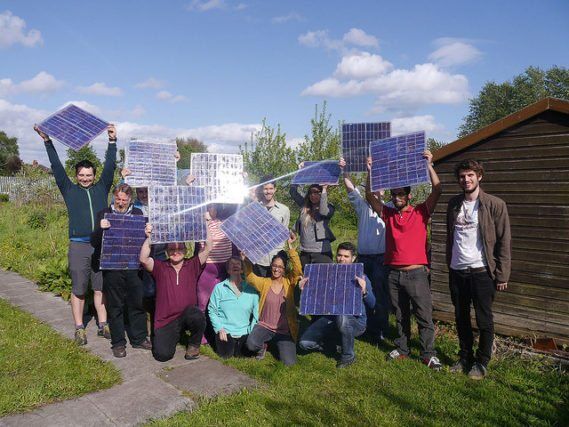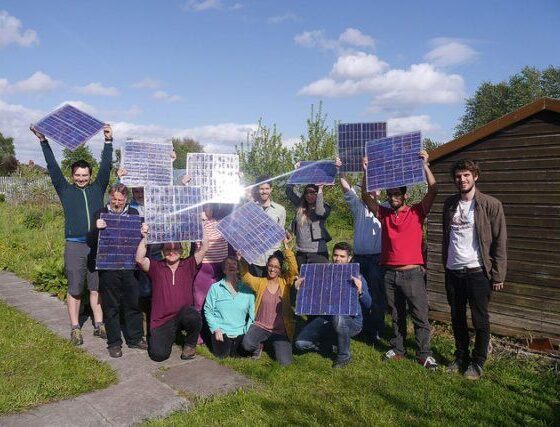

Energy
Combining Cross Smart Meters And Community Energy
There are many non-energy advantages to having community energy projects as well as the local and sustainable energy they provide. These benefits include much needed local jobs, local economic investment, and energy resilience to name a few.
But all these benefits looked like they might be on the rocks when the government announced last December that it would reduce Feed-in Tariffs (FiTs), to a level where effectively the pipeline of new projects has stopped flowing altogether.
At Ashden we are determined that we can’t let something as good as community energy die. So with our winners and partner organisations we have been scratching our collective heads and starting to design, develop and test new business model ideas.
Most of the conversations so far have revolved around the idea of ‘direct supply’, providing energy directly to customers. Without FiTs it is the only way that the economics stack up.
Becoming a ‘licenced supplier’ involves jumping through endless hurdles designed for large energy companies. However, lots of hybrid versions are now under development. One of the most interesting ones – Energy Local – is being supported by Ashden Award winner TGV Hydro. I asked director Chris Blake to explain it to me.
The Energy Local model
Energy Local is a social enterprise that is transforming the electricity market for local communities and small-scale renewable generation. Their mission is to support the establishment of thousands of local, not-for-profit, community energy service companies (CESCOs) that allow local renewable generation to be used locally.
Currently in the UK domestic electricity market consumers are charged a flat price per unit, irrespective of when the electricity is used. However suppliers buy electricity at different prices at different times of day depending on the level of demand and generation available.
Large energy users who are on ‘half-hourly settlement’ can have a time of use tariff (TOUT) that offers cheaper prices at times of the day when suppliers can purchase electricity more cheaply. TOUTs are not currently available to domestic customers.
Although smart meters can record how much electricity domestic customers use each half hour, the market is not yet set up to use this information for their benefit.
Energy Local allows a local group of domestic customers to form themselves into a new type of organisation, an Energy Local Club (formally a local cooperative). Each member of the ELC is given a free smart meter.
The members’ half-hourly smart meter readings are combined (or ‘virtually aggregated’) so that they have a single demand profile showing the energy used at different times of day. This makes it possible for the ELC to negotiate with a licensed supplier for a time of use tariff.
But it isn’t just consumers that can be members of the Energy Local club. Local generators (roof-top PV, a local hydro or wind turbine) can also be members. The power they generate can be pooled and shared across the energy club members.
Currently, if a household or school with rooftop PV panels does not use the generation on site it is sold for around 5p/kWh. This electricity may then be sold back to a neighbour by a licensed supplier for up to 14p/kWh.
But within an ELC any local renewable generation can be netted off against demand from other ELC members – potentially offering a better price for renewable generators and cheaper bills for consumers. So everyone benefits.
So what do you get when you cross smart meters with community energy? Sustainably generated cheap local energy that creates jobs, reduces fuel poverty and takes the ‘Big Six’ on at their own game. I’d call that thinking outside the box, wouldn’t you?
The application process for the 2017 Ashden Awards is now open, deadline 8 November 2016.


 Environment10 months ago
Environment10 months agoAre Polymer Banknotes: an Eco-Friendly Trend or a Groundswell?

 Environment12 months ago
Environment12 months agoEco-Friendly Home Improvements: Top 7 Upgrades for 2025

 Features9 months ago
Features9 months agoEco-Friendly Cryptocurrencies: Sustainable Investment Choices

 Features10 months ago
Features10 months agoEco-Friendly Crypto Traders Must Find the Right Exchange




























